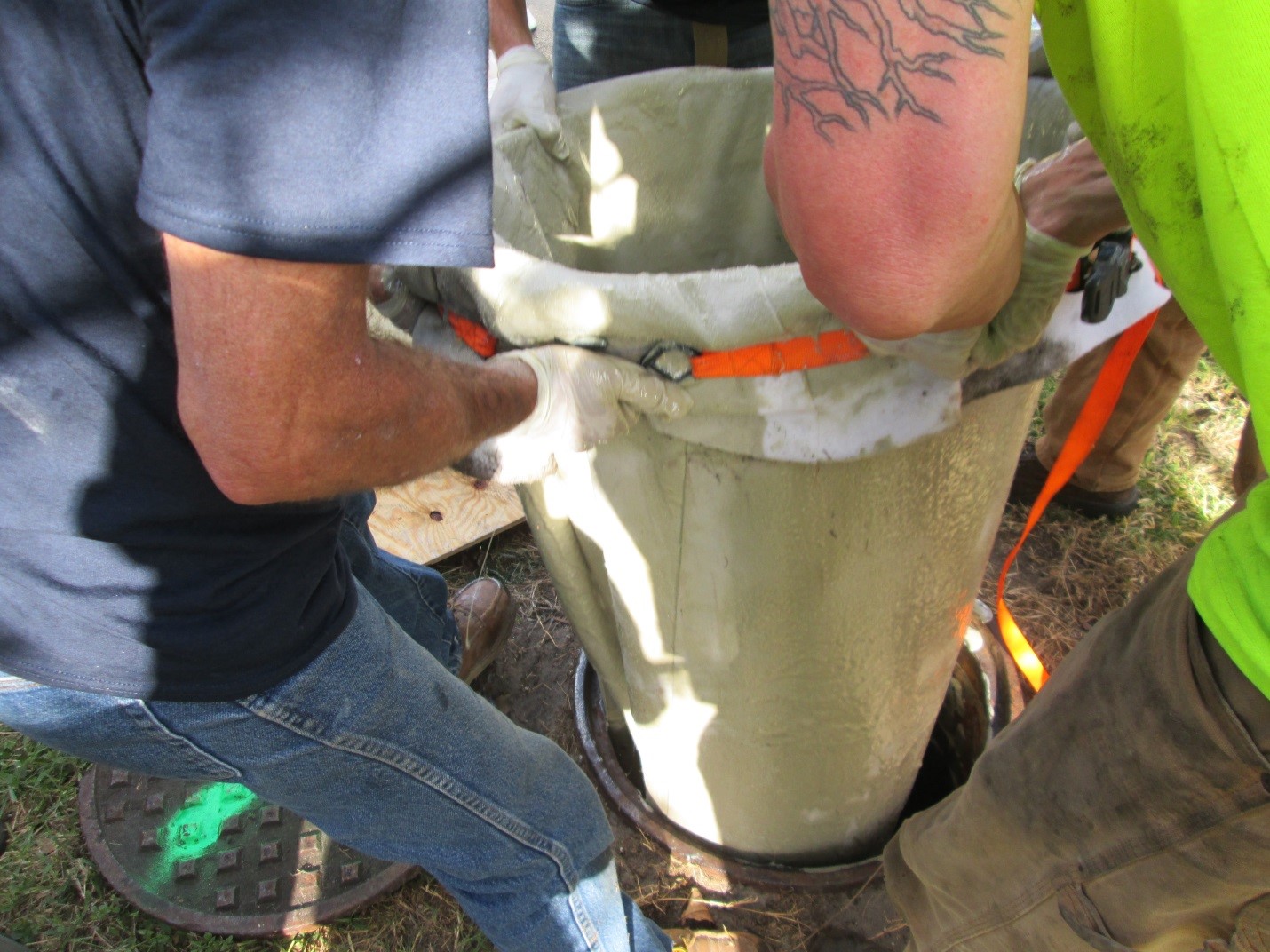The Santa Fe Utility Department has made compost available for purchase this month for residents. Compost is organic matter that has been decomposed. The easiest way to make compost is to pile up garden refuse, kitchen scraps, lawn clippings, and wait a year. However, in Santa Fe, compost is made from biosolids (nitrogen) from the City’s Wastewater Treatment Plant, some horse bedding, and pulverized green waste (carbon) from the Caja del Rio Landfill. The benefits of using compost are many, including: improved soil structure, porosity and density, creating a better plant root environment. It also improves filtration and permeability of heavy solids, thus reducing erosion and runoff. There is also a better water-holding capacity, reducing water loss. This may control or suppress certain soil-borne plant pathogens, improves the ability to hold nutrients for plant use and will bind and degrade specific pollutants.
Mulch also is used as covering for the ground surface that protects the soil from the erosive and evaporative effects of wind and sun. While the uses vary slightly for compost, mulch can be plant material, like straw, wood chips, and nutshells; or it can be gravel or non-living material like recycled glass, cinders, decorative rock, and recycled rubber. Mulch helps optimize water harvesting by holding water in the soil, and makes it much easier to get plants started and keep them alive. Mulch helps to suppress weed germination, retain moisture, insulate the soil, and reduce erosion. Mulch also contributes nutrients the soil by gradually breaking down over time. Reduce erosion from bare soil, make plant establishment easier and more successful, moderate soil temperature by reducing summer heat and winter cold, and make it harder for weeds to sprout, supply nutrients and organic matter to soils and enhance habitat for earthworms.









